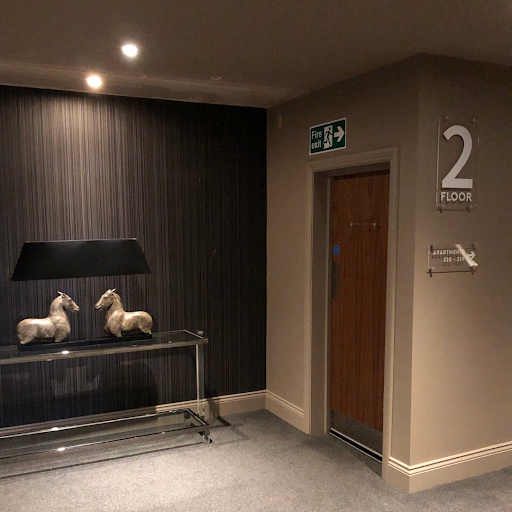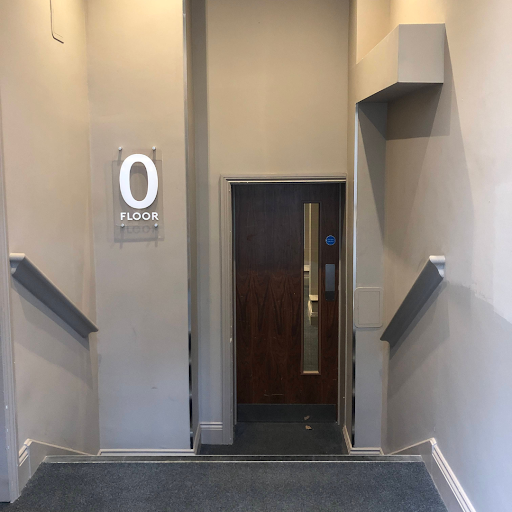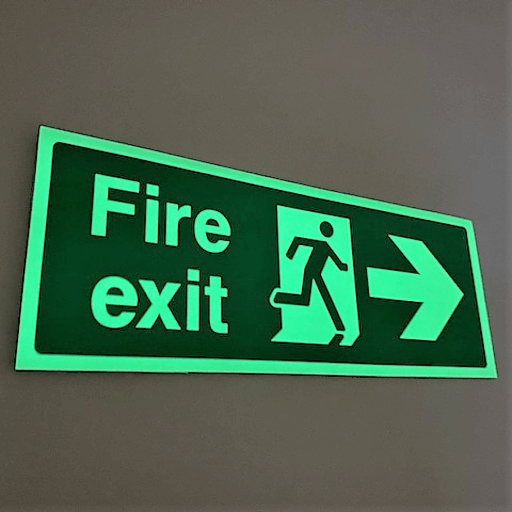
Fire Safety Regulations are Changing - it is important that all persons responsible for operating in the built environment are fully informed and up to date.
Following the Hackitt Review and the Grenfell Tower inquiry, the UK Government continue to make changes to fire safety regulations, including:
- regulatory reform (fire safety) order 2005
- introduction of the Fire Safety Act 2021 (FSA2021)
- implementation of the Building Safety Act (2022)
As recently as 23rd January 2023, the Government has further introduced the Fire Safety Regulations 2023 (Fire Safety Regulations). These regulations apply specifically to multi-occupied residential buildings and impose rules for:
- non-high-rise buildings – for example, fire safety instructions must be provided to residents
- buildings over 11 metres – for example, annual checks of fire doors must be carried out
- buildings over 18 metres – for example, floor plans must now be provided to Fire and Rescue Services.
It’s important to remember that at the time of writing this blog, this specifically applies to residential buildings only. However, within both the Fire Safety Act (2021) and the Fire Safety Regulation (2022), there are some excellent best practices that can be implemented in any business, operating in any sector, so that if disaster should strike, you’re as prepared as possible and able to deliver the best of outcomes.

Responsible Person
The Fire Safety Act 2021 asserts that “fire safety should be reviewed and updated where necessary to ensure control measures are put in place”. The act also focuses on the responsibility of the ‘Responsible Person,’ who is the person that is responsible for the safety of themselves and others who use regulated premises. It is their responsibility to ensure that residents understand fire safety instructions, procedures for reporting a fire, conducting checks plus much more, you can find more out here.
In any business, having someone who is responsible for ensuring that compliance is adhered to is a great idea. This person should be empowered to conduct frequent checks of all safety equipment and ensure that all signage, that acts as communication, continues to be meaningful and helpful within the setting.
Fire Action Information
One of their responsibilities, which is focused on heavily as part of the Fire Safety Regulation (2022) is to ensure that fire action signage is available within the setting and that the information imparted can be reasonably expected to be understood by a non-English speaking person.
Fire action and informational door stickers are designed to be easily understood and can be obtained in multilingual formats.

Stairway & Floor Level and Dwelling ID Signage
In a building with many levels, stairways, lifts and rooms/flats having clear wayfinding signage is a must. On a business level, having this signage helps provide customers with the best possible experience. On a safety level, this information is imperative for helping emergency services get to their destination as quickly as possible.
On each level of the building, the floor number should be easily identifiable and should be positioned visibly from the top step of the stairwell, as you enter the floor. All supplementary dwelling indicators should be positioned directly beneath the floor number sign and with corresponding door identification signage. You can read more about this requirement here.

Visibility & Viewing Distances
Another consideration for your directional signage could be to install your signage using Ultrabright Photoluminescent Materials. This type of signage stores light from both natural and artificial sources. When a light source is no longer available, the ‘charge’ in these signs releases light, making the sign visible in dark or smoky environments. The beauty of this type of signage is that it does not need electricity to glow in the dark if installed correctly and well-maintained.
It is also worth considering the distance from which the sign will be viewed and in what lighting and the angle people will be viewing it from, when implementing a wayfinding system that prioritises safety.
How FASTSIGNS Can Help
Wayfinding signage solutions have been one of our core competencies since we launched our business in 1985! As we’ve mentioned, the Fire Safety Acts and Regulations are currently only a stipulation within the residential and multi-dwelling buildings, but with the introduction of this new legislation, we have already helped many of our current customers, who these changes affect. We can help owners, managers or responsible persons of businesses operating in any industry to take stock of their current fire safety procedures and signage.
We’re here to help you ensure your business is fully compliant and to ‘Make Your Statement’.